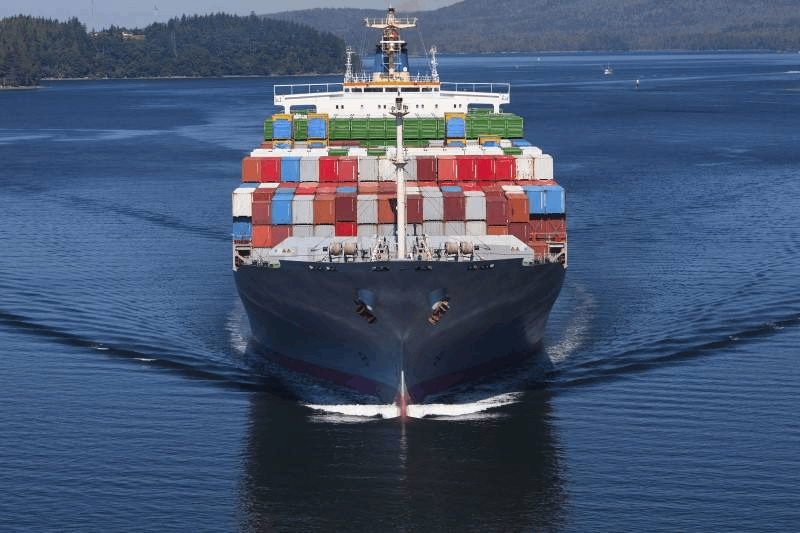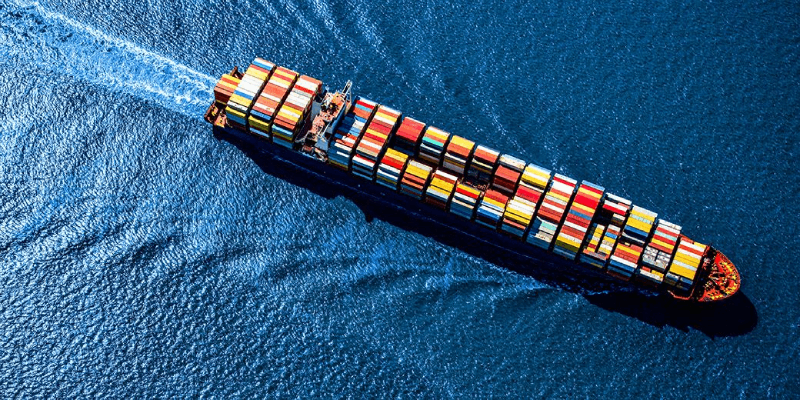Welcome to GLA! Leading the global logistics alliance.


Your location:Home > News > Congestion at ports around the world is likely to worsen again, with congestion spreading to the EAST coast of the United States
Time:2022-05-26 Publisher:Kevin Num:5798

Since the outbreak of COVID-19, the operating efficiency of major ports in many parts of the world has been severely affected, with serious shipping delays.
In particular, the congestion problem at ports on the West Coast of the United States has lasted for nearly two years.
As far as the situation is concerned, as the epidemic situation in Shanghai has gradually improved, the congestion situation has intensified again.
The west Coast of the United States is always so congested that ships have to head to the East Coast. 120,000 containers almost fill the port. This caused the east Coast to start backing up.
"While operational efficiencies are starting to recover at individual ports and vessel turnover is improving, supply chain problems remain severe at most ports around the world," said A shipping market analyst.
Statistics show that about 20 percent of the container fleet is currently stuck at ports around the world, and less than 40 percent of ships arrive on time, meaning that more than 60 percent of ships are delayed."
At European ports, containers from China are delayed by an average of four days. This will cause the container turnover efficiency of other lines to decline. Thus, there is a shortage of containers.
In addition, the combined turnaround times at Europe's three largest container ports, Rotterdam, Antwerp and Hamburg, are 8%, 30% and 21% higher than normal two years ago respectively.
Industry analysis, the current global congestion in some major ports, and many factors. The impact of the current pandemic and surging demand for shipping are the biggest.
U.S. retailers are looking ahead to restocking their shelves for major holidays such as Christmas and Thanksgiving due to supply chain uncertainty.
As a result, orders have flooded into Asia recently, straining u.s.-Asia capacity.

On the other hand, much of the current container fleet is large, which means it will occupy a large berth.
Statistics show that container ships are much bigger today than they were a decade ago. Such huge container ships are one of the main causes of current port congestion and supply chain crises.
Giant container ships can carry more cargo, but not every port in the world can handle them, said Matt Stoller, research director at the American Economic Liberties Project.
Only a handful of American ports, including Long Beach and Los Angeles, can handle these big ships.
And the two ports handle 40 percent of U.S. seaborne cargo. And it's these two ports that are the most congested in the world.
GLA Family hereby to remind the majority of shippers and freight forwarders, timely pay attention to the latest port congestion situation, timely communication with the shipping company, so as not to cause shipping delays.
Prev:Welcome! New Golden Member from Indonesia ———— PT. HYPER MEGA SHIPPING ltdNext:Freight rates began to rise and many shipping flights were cancelled
Recommended Membership
Latest News